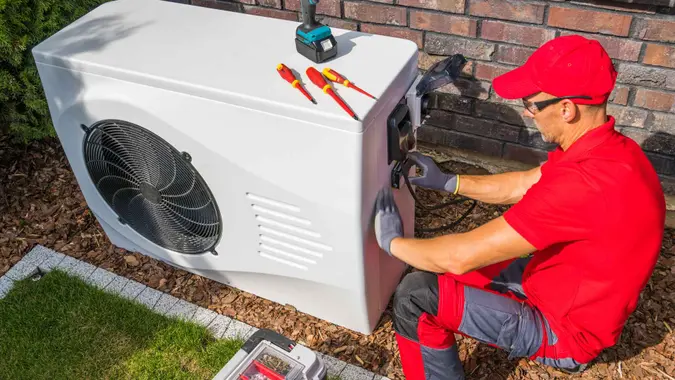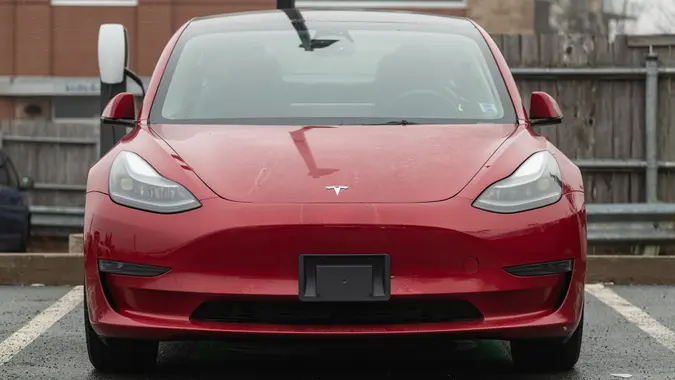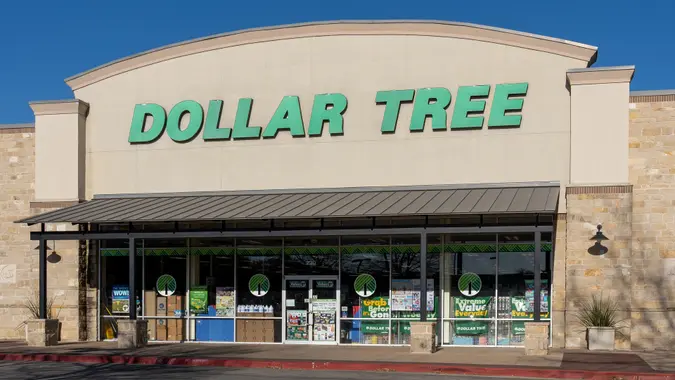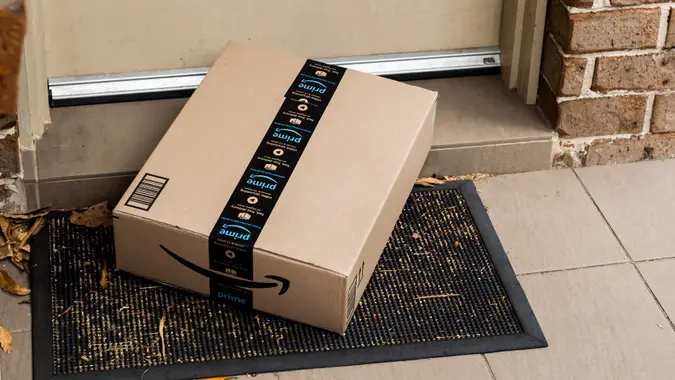$8.5 Billion in Home Energy Rebates Expected in 2024: How Could They Affect Your Utility Bills?

Commitment to Our Readers
GOBankingRates' editorial team is committed to bringing you unbiased reviews and information. We use data-driven methodologies to evaluate financial products and services - our reviews and ratings are not influenced by advertisers. You can read more about our editorial guidelines and our products and services review methodology.

20 Years
Helping You Live Richer

Reviewed
by Experts

Trusted by
Millions of Readers
The U.S. Department of Energy has opened applications for $8.5 billion in rebate programs for energy efficiency upgrades in the nation’s homes, according to a recent Reuters news release.
The money for the two programs comes from last year’s Inflation Reduction Act, and could save up to $1 billion a year in energy costs. The programs could ostensibly support roughly 50,000 construction and manufacturing jobs, along with jobs in other sectors, Reuters reported.
The Home Efficiency Rebates program provides up to $4.3 billion in formula grants to state energy offices to fund whole-home energy efficiency upgrades in single and multi-family houses.
Meanwhile, the Home Electrification and Appliances Rebates program provides $4.3 billion to states to implement efficient electric technologies, and $225 million to tribes for the same purpose.
Will Your State Apply for the Rebate?
The rebates aim to improve energy efficiency in American homes, further reducing our dependency on fossil fuels and lowering the country’s overall carbon footprint while making electricity more affordable for Americans.
However, the rebates come with some caveats — the biggest downfall being that states must apply for the rebate money by August 16, 2023. Florida Governor Ron DeSantis has already said he would not apply for the money after voting against the legislation that generated the rebates, CNBC reported.
Funds not claimed by states will be redistributed once the deadline for applications has passed.
How Much Can You Save?
If you live in a state that applies for the funding, you could receive up to $14,000 or more toward energy efficiency upgrades in your home. The rebates would be available through Sept. 30, 2031, or when funds run out in each individual state. Rebates could be used in conjunction with some clean energy tax credits, according to CNBC.
Home upgrades that could qualify for the Home Efficiency Rebate include:
- Energy efficient air conditioning.
- Insulation.
- Air sealing.
- Windows.
- Doors.
- Smart thermostats.
The amount of the rebate varies depending on the energy savings and your income. Lower income homeowners could receive $4,000 for reducing energy use by 20%, or $8,000 for a 35% reduction. Typically, you will be able to receive up to 80% of the total cost of the project, although individual states may offer grants for up to 100% for lower earners.
Middle-income homeowners can get up to $4,000, capped at 50% of the total project cost, while higher income homeowners can receive up to $2,000.
The Home Electrification and Appliance Rebates program, available to lower and middle-income homeowners, covers costs of up to 100% or 50%, respectively, for energy efficient upgrades. Maximum rebates are as follows, with a total of $14,000 in rebates allowed for any home.
In addition to the upfront rebates, homeowners would reduce their energy costs through these upgrades, resulting in ongoing savings.
- Electric heat pump for space heating and cooling — $8,000.
- Electric load service center — $4,000.
- Electric wiring — $2,500.
- Electric heat pump water heater — $1,750.
- Insulation, air sealing and ventilation — $1,600.
- Electric heat pump clothes dryer — $840.
- Electric stove, cooktop, range or oven — $840.
How Much Can You Save With These Energy Efficient Upgrades?
In addition to the upfront rebates, homeowners would reduce their energy costs through these upgrades. Savings will vary based on the cost of electricity in your area and the upgrades you make.
Smart thermostats can save homeowners as much as $140 per year on energy bills, according to data from Nest customers per WhatIsSmartEnergy.org. Of course, as the price of energy rises, your savings could increase.
Thirty percent of your home’s energy is lost through your doors and windows, according to This Old House. Upgrading to Energy Star-certified windows could save you anywhere from $101 to $583 per year, the website reported.
Energy efficient fiberglass or steel entry doors with no thermal breaks can slash up to 35% off your energy bills, according to Conservation Construction.
Further, an electric heat pump for heating and cooling could save you between 20% to 40% on your home heating and cooling costs, according to BlocPower.io. Today’s systems can heat homes in even the coldest of climates in the U.S.
The EnergyStar.gov website estimates that homeowners can save an average of 11% on total energy costs with efficiency upgrades such as insulation and air sealing. According to a recent doxoInsights survey, the average American home pays $351 per month on utilities, which would include heating, cooling, and electric. So, home insulation and air sealing upgrades could save residents a great deal of money.
Upgrading your home’s electric systems can also help them operate more efficiently. You can save as much as $123 per year using slightly larger wire, according to Copper.org. Plus, a new electric load service center and wiring can reduce the risk of fires, making your home safer.
“We expect these rebates will start to be available to consumers in some states as early as the end of this year and continuing on a rolling basis in 2024,” deputy U.S. energy secretary David Turk said, per Reuters.
 Written by
Written by  Edited by
Edited by 

























